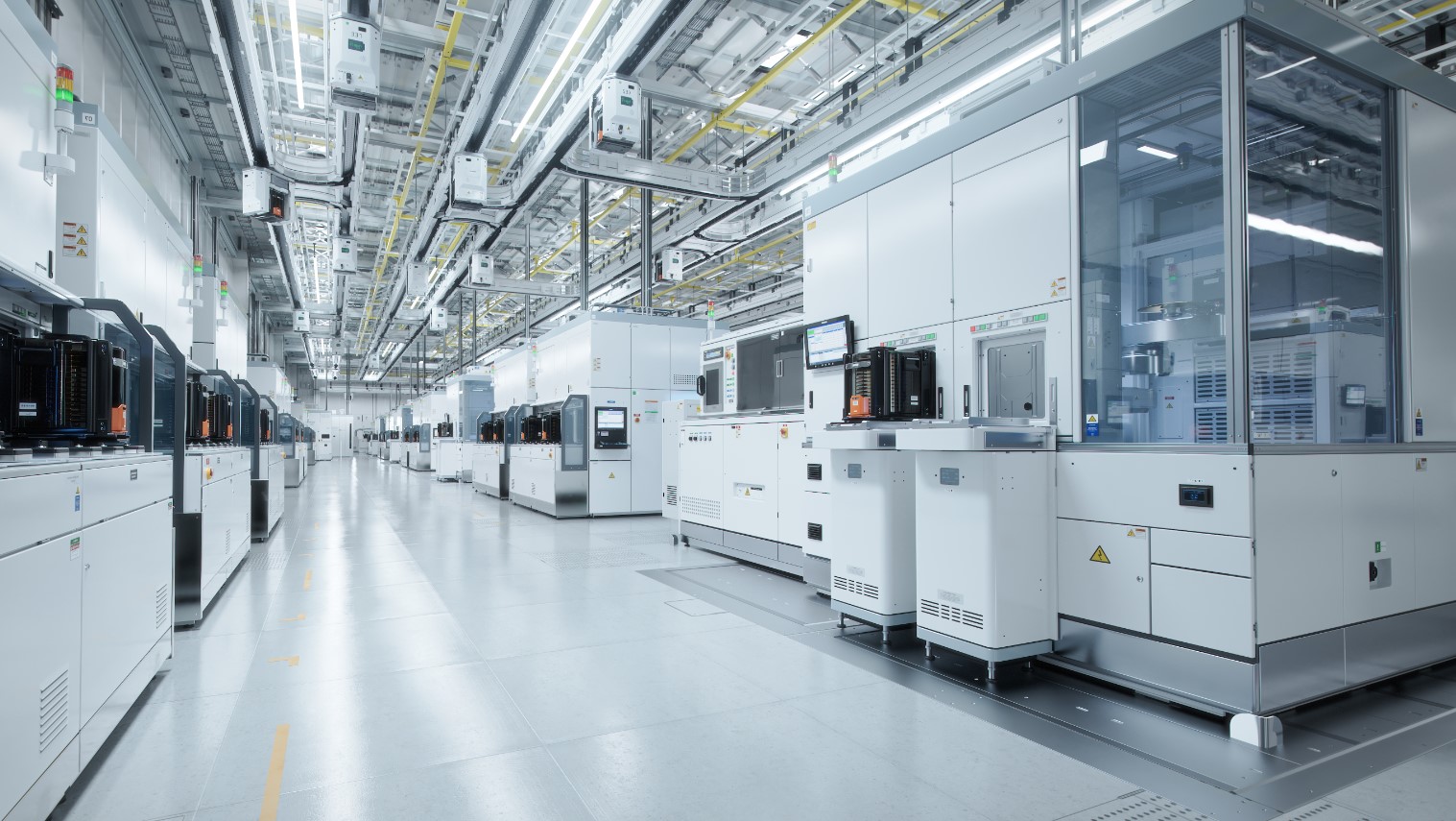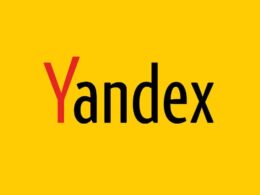The U.S. government is deeply concerned about the lack of advanced semiconductor production on American soil and is eager to increase the nation’s global market share to 20% by 2030. In a stark warning, the US Commerce Secretary emphasized insufficient subsidies to satisfy the aspirational growth of all companies in the innovative lithography manufacturing segment.
Speaking at a governmental event earlier this week, Gina Raimondo, the U.S. Commerce Secretary, expressed confidence in achieving a 20% stake in the global lithography-based chip manufacturing market by 2030, assisted by collective efforts of interested companies and the government, despite the marginal current market share. The proposed development agenda is comprehensive, ranging from chip design to silicon wafer processing, including intended establishments for chip testing and packaging. In addition, the Secretary stressed the necessity of advanced memory production within the U.S.
Raimondo highlighted the complex task of selecting the most promising projects as the U.S. government has no intention of distributing the funds “thinly among as many companies as possible”. With 600 subsidy applications submitted, the estimated need in the advanced lithography segment stands at $70 billion, while the maximum subsidy allocation is planned at $28 billion. The remaining $39 billion will presumably be designated for mature-process chip manufacturers. The importance of mature lithography was underscored, in light of the 2021 automotive crisis revealing dependency on imported components, hence the urgency to boost domestic production.
As a reminder, subsidies have so far been granted to only three recipients, the largest being GlobalFoundries, allocated $1.5 billion for its establishments in New York. In her address, Raimondo acknowledged TSMC’s initiatives in constructing facilities in Arizona, though the size and timeline of subsidies were not specified. She admitted facing challenging negotiations with applicants, advocating for accomplishing more with fewer resources, and noted that the majority of the 600 subsidy candidates would likely not be selected. The process of budget allocation will be highly selective, with successful applicants predicted to receive only half of the requested financial support. Priority will be given to initiatives expected to launch new production lines by the end of this decade. Typically, the government is ready to cover no more than 35% of chip manufacturers’ capital expenditure.



